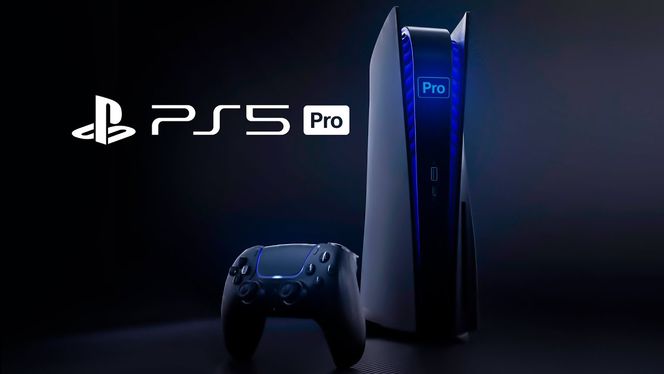Based on the specs of the yet-to-be-announced console, it’s almost impossible to expect double the frame rate of the base model in games.
In GPU-constrained scenarios, the PlayStation 5 Pro won’t be able to squeeze out twice the frame rate. Digital Foundry editors Richard Leadbetter, Alexander Battaglia, and John Linneman discuss this in the videos embedded below. There will be one major difference from the PlayStation 4 Pro: there won’t be twice as many CUs (compute units), so the increased clock speeds won’t automatically result in twice as many frames per second.
This will be limited by the PlayStation 5 Pro’s processor, and the amount of VRAM and memory bandwidth will remain the same as the base PlayStation 5. The performance boost is likely to come from upscaling technology developed in conjunction with AMD, and the extra power of the half-generation console could also be used to make things that can’t be exported on the base PS5, such as path tracing, work.
The editors at Digital Foundry have examined a recently discovered patent for possible scale-up technology and tried to explain it. While it’s not entirely clear what it’s about, the patent suggests an evolution of checkerboard rendering that uses an algorithm to determine which part of the image is most in need of upscaling.
Of course, this is not official yet, as the PlayStation 5 Pro has not yet been announced. Rumors suggest that the hardware could be in stores sometime later this year, but it remains to be seen how much Sony will charge. It may also depend on whether a version of the console without a Blu-ray drive will be produced. If so, there will be four SKUs on the market, meaning Sony could produce four different variants (redesigned model with and without Blu-ray drive; PlayStation 5 Pro with and without Blu-ray drive), which could be overly complicated.
Source: WCCFTech
















Leave a Reply